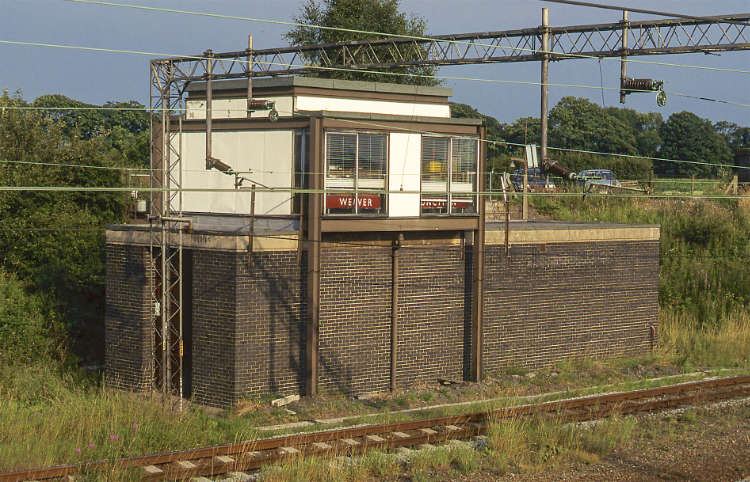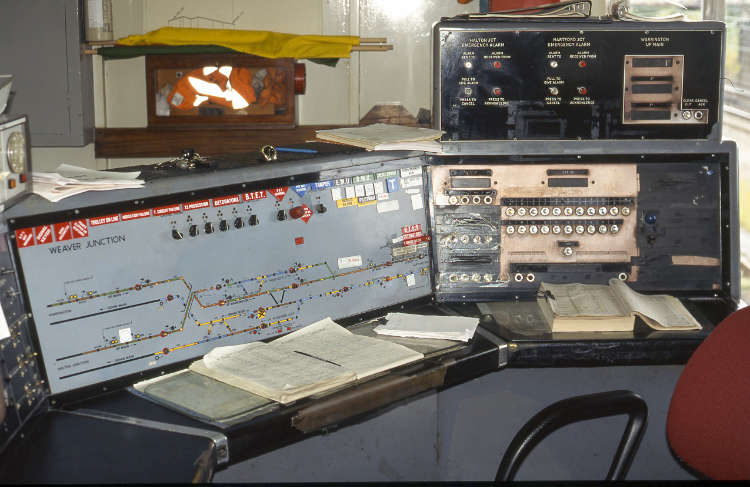
8D ASSOCIATION
The 8D Association is dedicated to promoting the history of the railways of South Lancashire, Merseyside and North Cheshire.
Ditton Junction to Weaver Junction
Stations and Signal Boxes
Stations.
Only three stations appear on this section of the 8½ mile line.
Ditton Junction
The station at Ditton Junction was not opened until 1st May 1871, though it would be the largest on the line with six platform faces and was re-built in conjunction with the electrification of the Liverpool to Weaver junction project in the 1960’s when it was reduced to five platforms. The station officially closed by Railtrack (now Network Rail) on 27th May 1994 but had been in a state of neglect for many years.
It was the scene of a strange accident on the 16th January 1881 two trains travelling in opposite directions on the correct lines collided. It was later found that there was insufficient clearance between the two running lines.
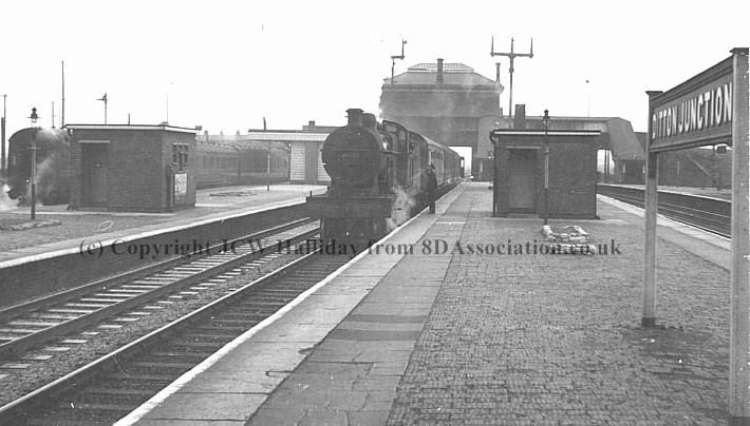
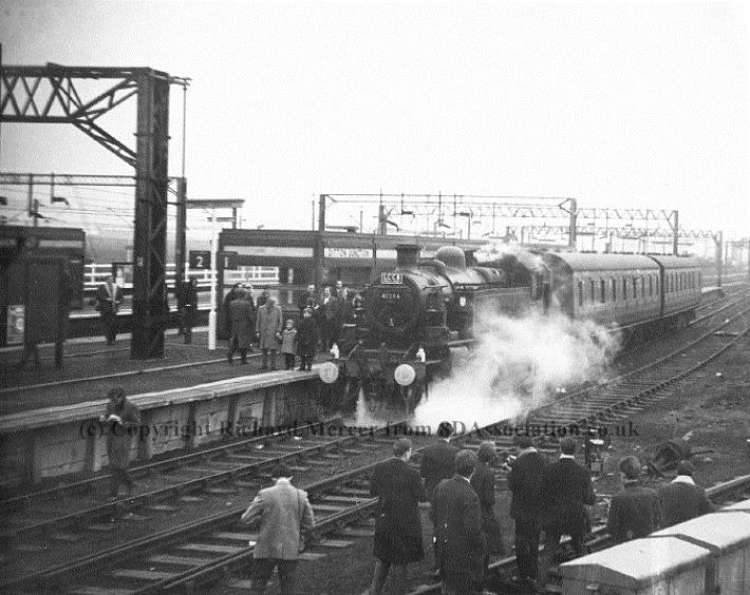
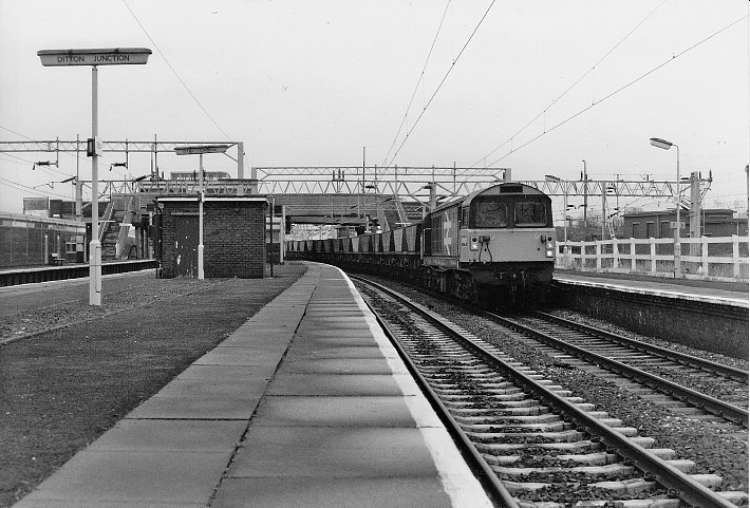
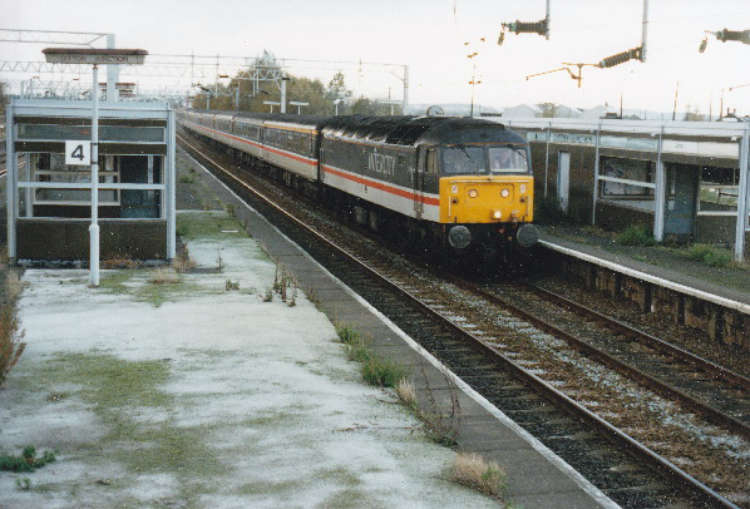
neglect with only 4 trains stopping here each day.
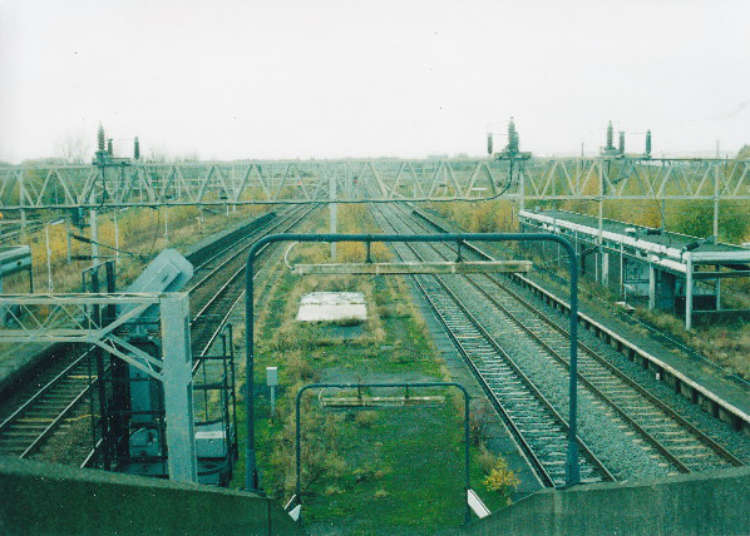
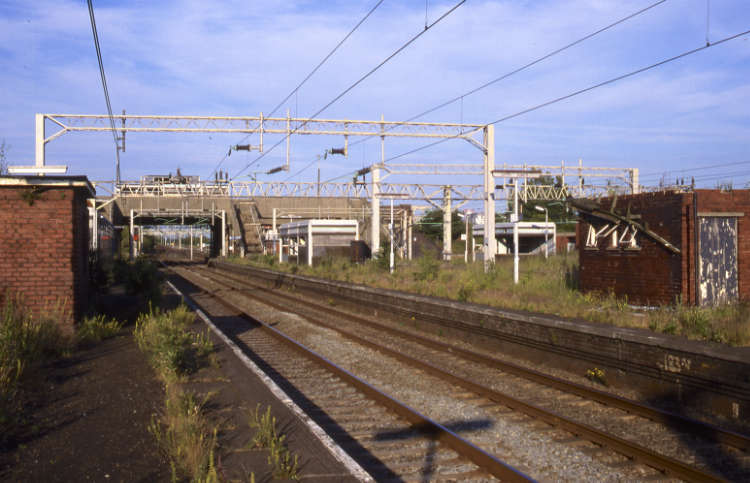
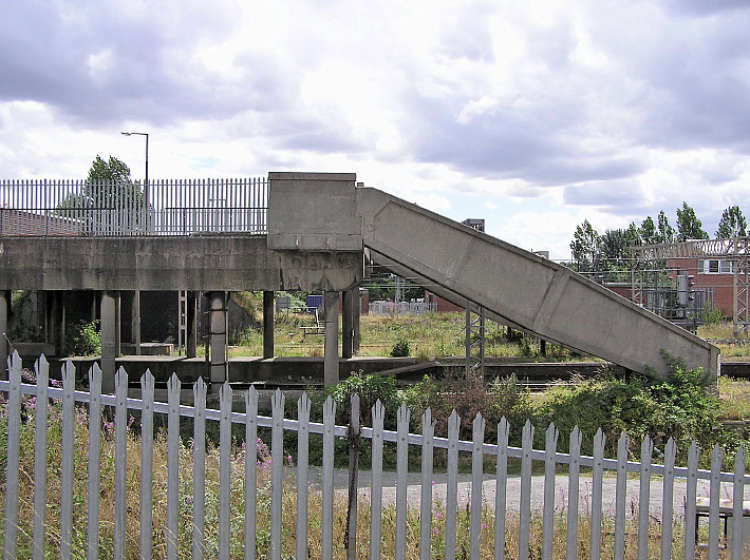
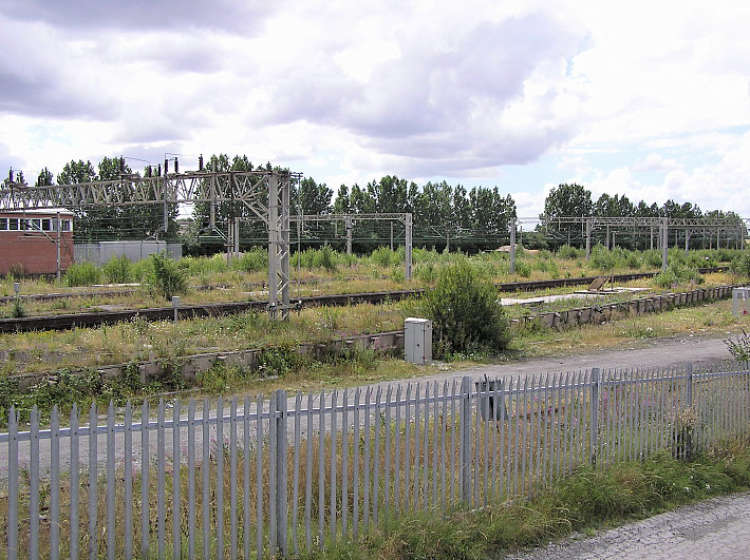
Runcorn Station.
Opened 1st April 1869 along with the opening of the line Runcorn station has thrived and is as busy as ever. Now being run by Avanti West Coast the station has been refurbished to a high standard. It has Avanti (ex Virgin) Pendolino expresses, London Northwestern and Transport for Wales trains calling at regular intervals.
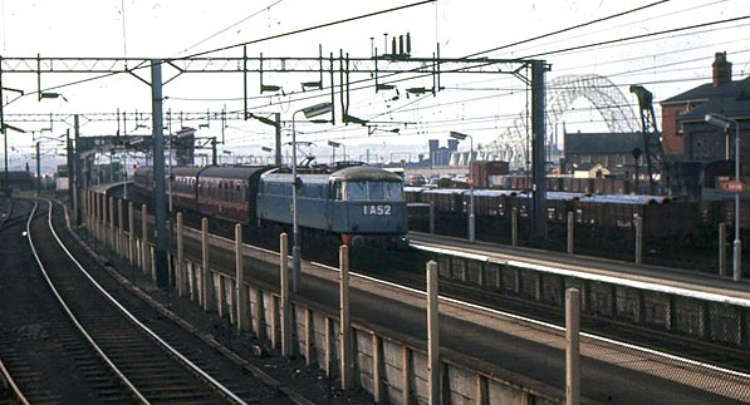

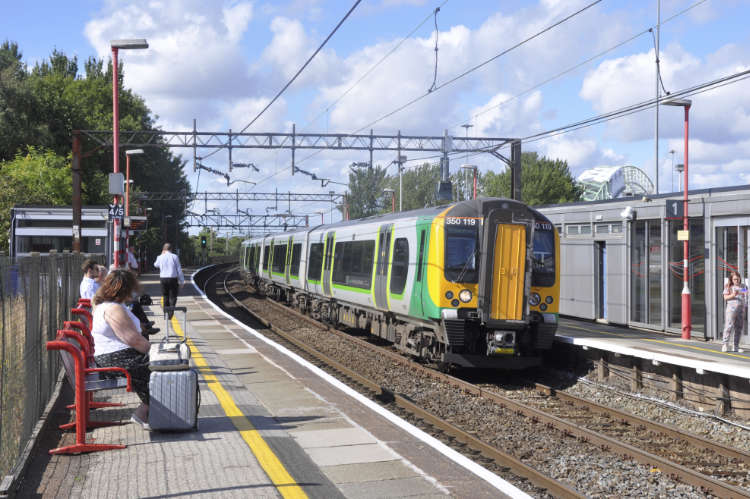
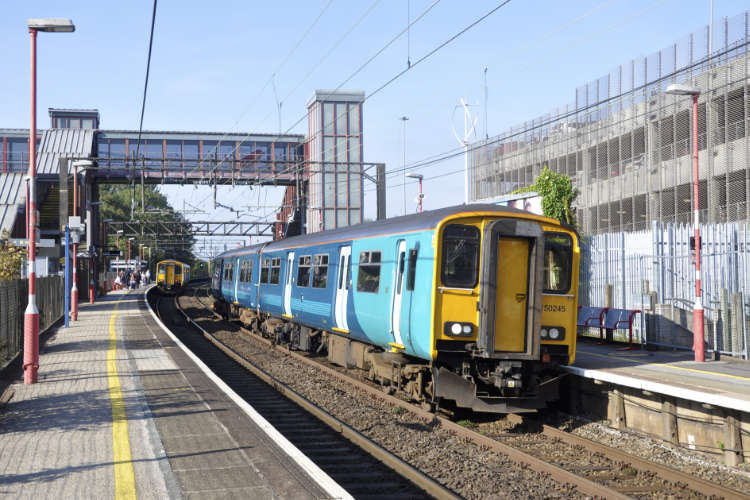
Sutton Weaver
The station at Sutton Weaver was an early casualty being closed to passengers on the 30th November 1931 and to goods on the 30th April 1942. Now no trace of the station remains only the station masters house stands as a reminder that there once was a station there.
(for further information, please click on this link )
SIGNAL BOXES
A section covering the signal boxes that on this section of line but with the exception of two signal boxes, one of which is non operational, they have all disappeared. To view the Ditton Junction boxes, please refer to the Garston & Warrington Railway section on this website.
Runcorn
Further information is sort of the the original signal box but was known to be timber built on a gantry. The present signal box was built in 1939 and opened in January 1940 by the LMS with specifications to Air Raid Percautions (ARP), being one of the earliest in the country to this design. It is located at the south end of the station and controls the main line as well as access to the Folly Lane Branch.

Halton Junction
The first signal box is understood to have opened in 1872 by the LNWR to a Saxby & Farmer design and located to the north of the junction on the up side of the line. In July 1897, a new box was built to a LNWR Type 4 design and located at the junction of the Halton Curve line and the London mainline. The box was equiped with a 25 Lever LNWR Tumbler frame. The Signal Box lasted until May 2018 when the signalling of the line was transferred to the Manchester Rail Operating Centre and it was ultimately demolished.
For further information on the Halton Curve line , please see this link.
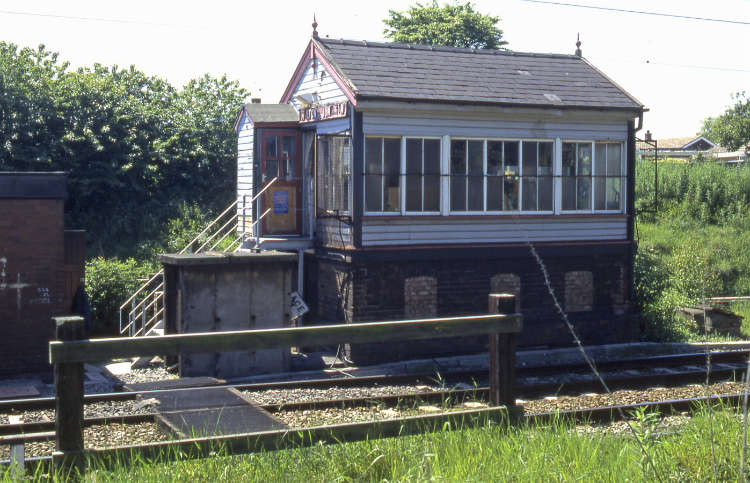
Weaver Junction
This modern signal box was built and opened in 1961 as part of the British Railways Liverpool to Crewe electrification scheme and was closed before 2012 with control transferred to Winsford Junction Signal Box.
